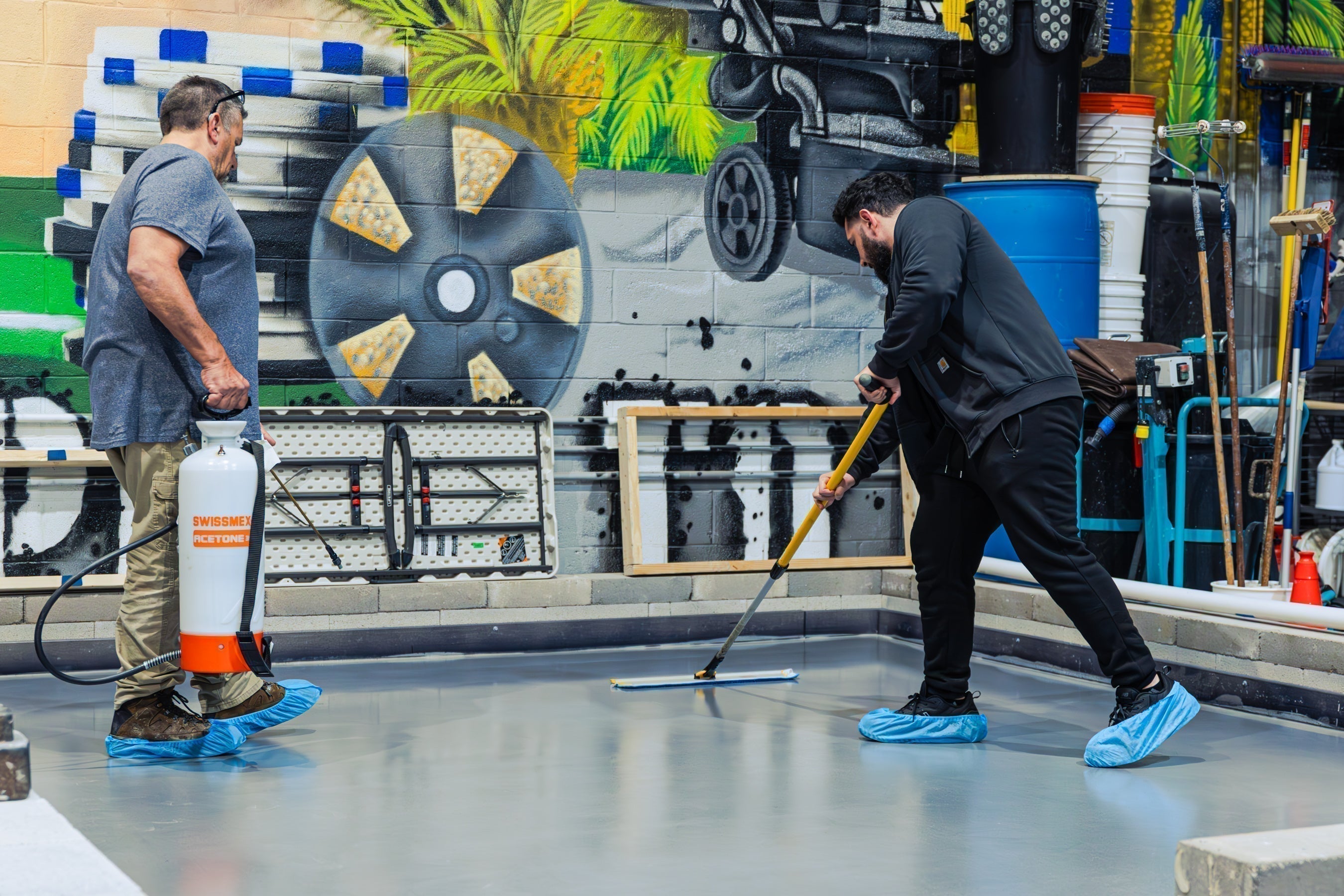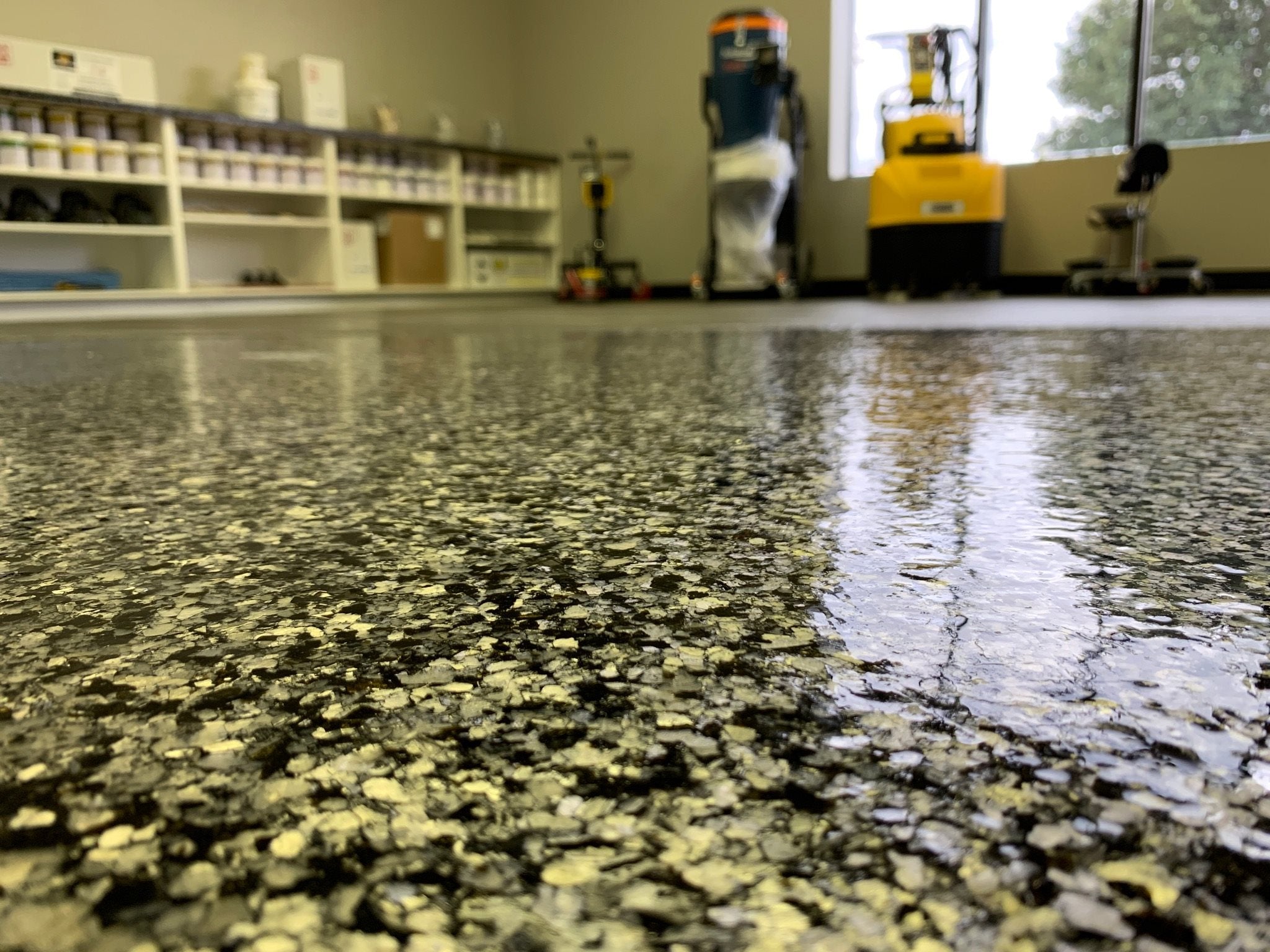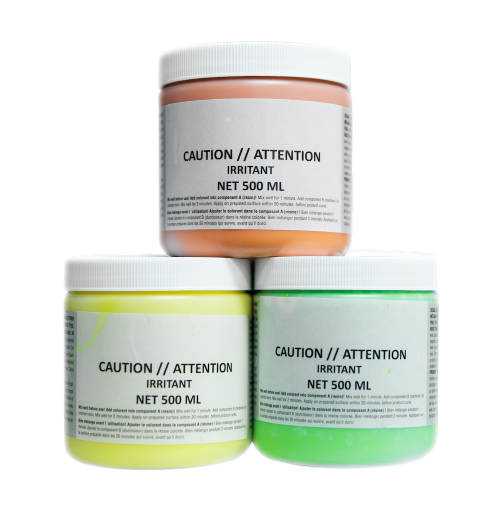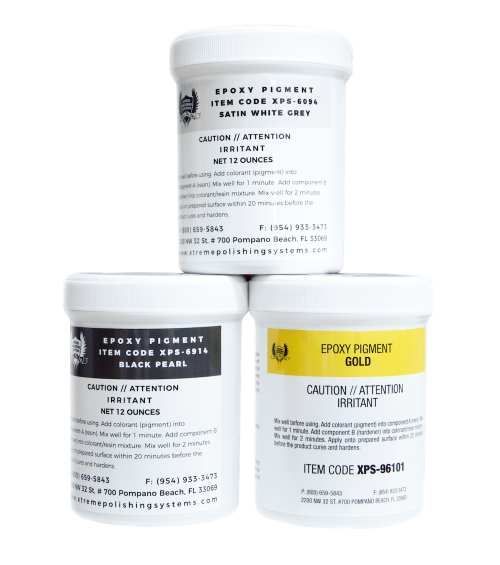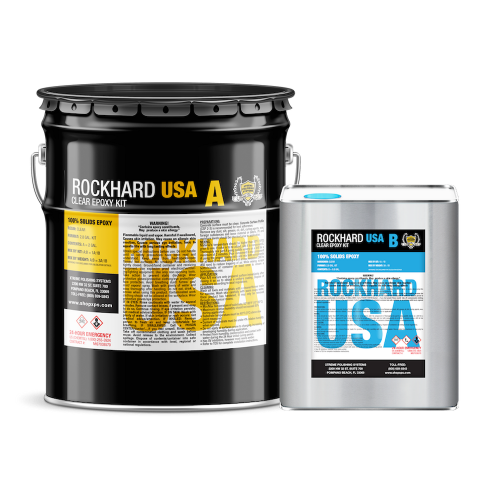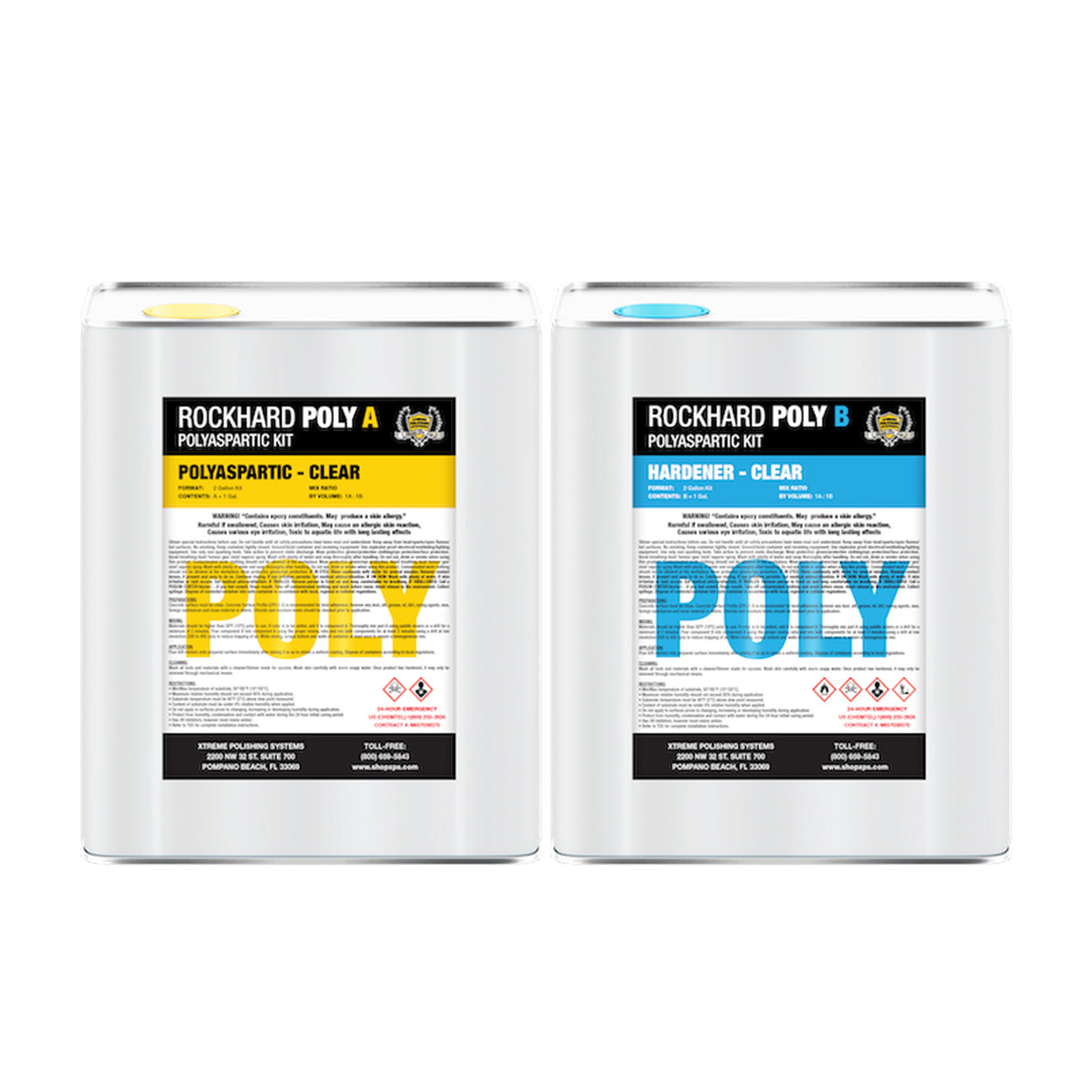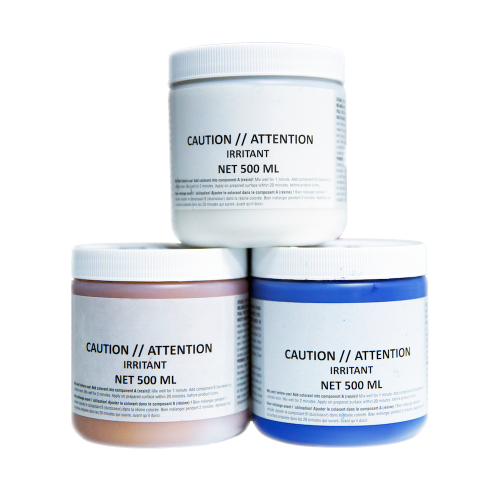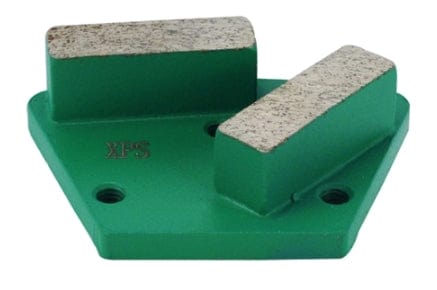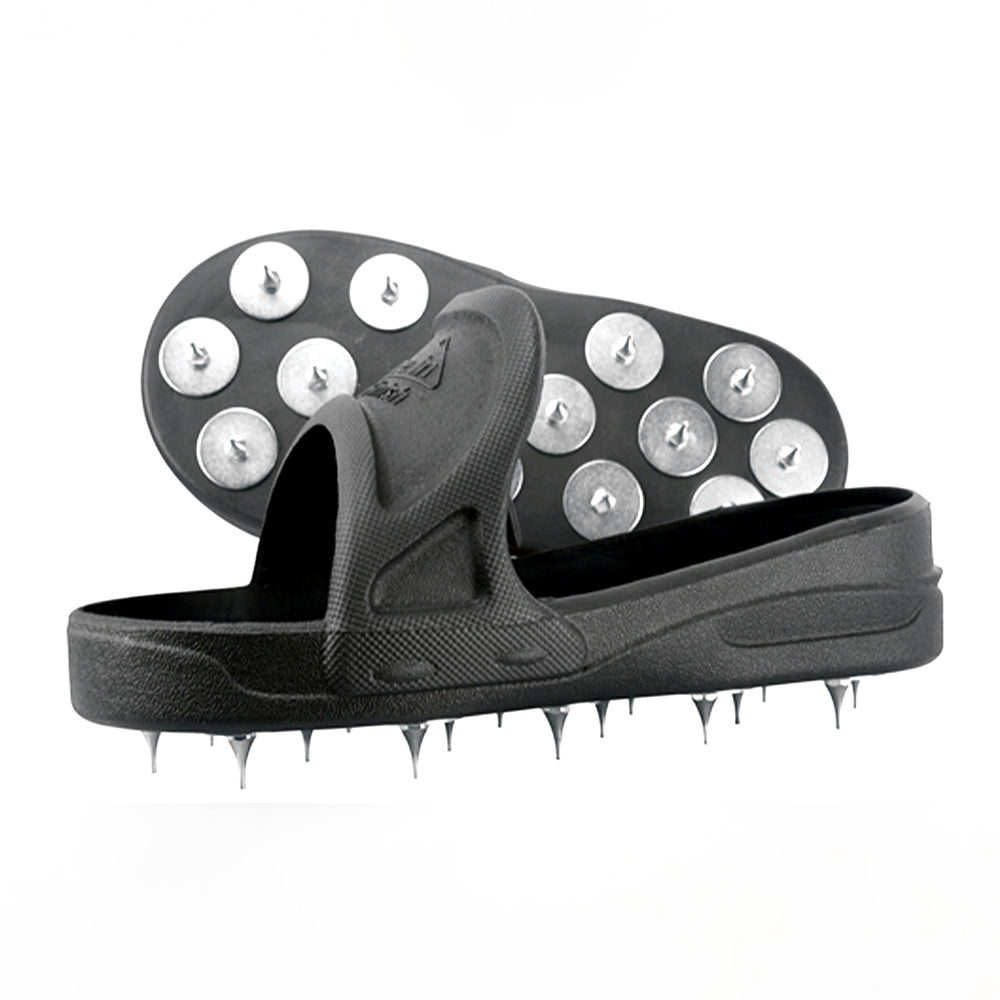Why Moisture Mitigation for Concrete Floors Is a Must
Concrete might seem like a solid, impenetrable surface—but it’s actually a porous material that can absorb and release water vapor. Over time, this can lead to significant problems for flooring systems. Moisture vapor transmission (MVT) can occur when water within the concrete evaporates and moves upward to the surface. If not controlled, it can break down adhesives, cause flooring to lift or bubble, and even foster mold growth beneath the surface.
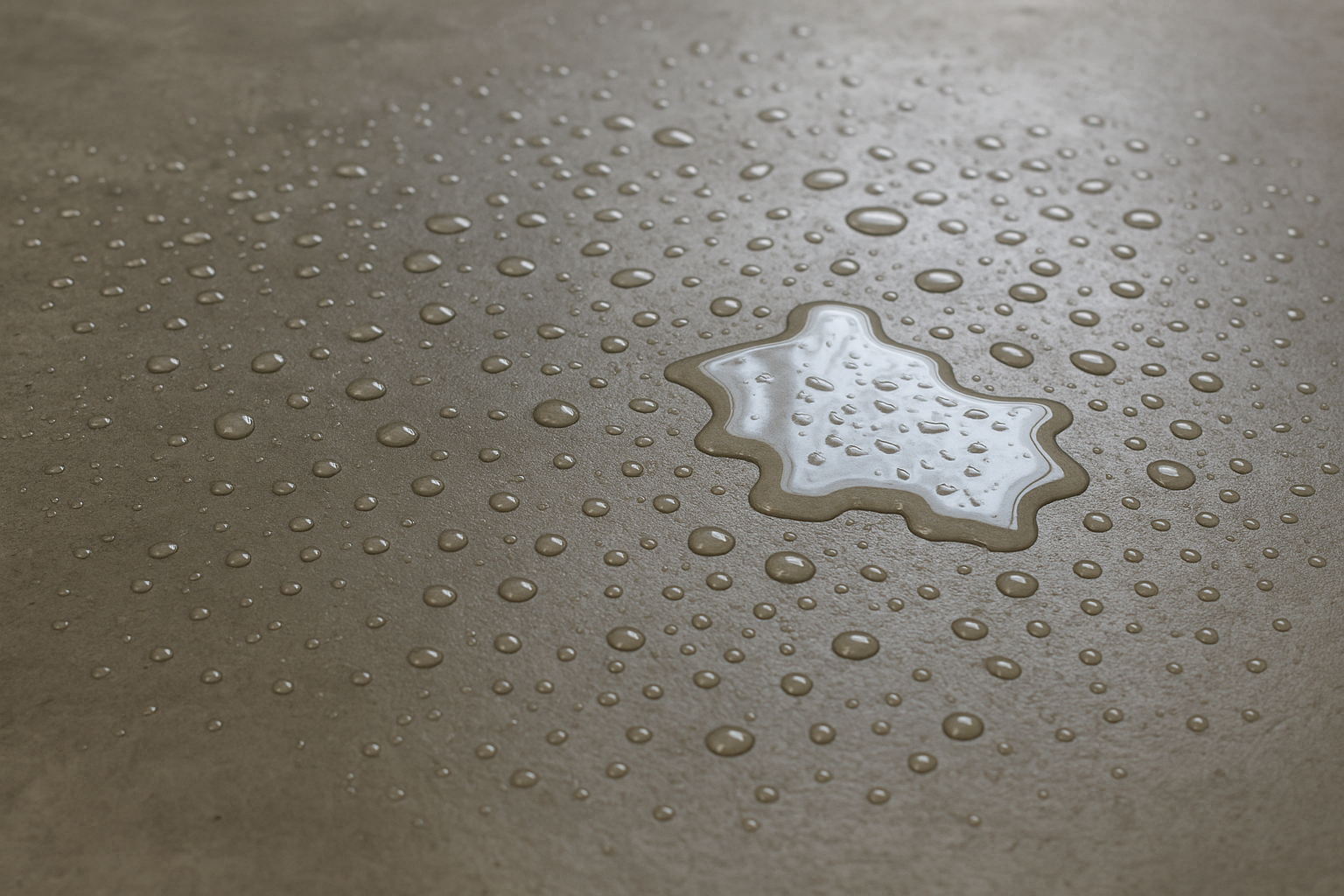
This makes moisture mitigation a crucial step for contractors, property managers, and DIYers installing new flooring systems. Whether you’re laying down epoxy coatings, tile, vinyl, or simply polishing concrete, addressing underlying moisture is key to ensuring the floor’s longevity and performance.
The Risks of Moisture in Concrete Floors
Moisture-related failures are among the most common causes of flooring issues, and they can have both aesthetic and structural consequences.
Common problems include:
- Delamination of Coatings and Adhesives: Excess moisture breaks the bond between the slab and flooring material.
- Efflorescence: White, powdery salt deposits appear on the surface due to migrating moisture.
- Mold and Mildew Growth: Trapped moisture can promote harmful biological growth, posing health risks and damaging indoor air quality.
- Cracked or Warped Flooring Systems: Wood or vinyl flooring may swell, buckle, or crack.
- Expensive Repairs or Reinstallation: Replacing failed floors is time-consuming and costly—especially in commercial or industrial settings.
Avoiding these issues starts with understanding what causes moisture problems and how to prevent them.
What Causes Moisture Problems in Concrete?
Several environmental, construction, and material-related factors contribute to moisture issues in concrete slabs:
- High Water-to-Cement Ratio: Adding too much water during mixing can extend drying times and increase porosity.
- Inadequate Curing or Drying Time: Flooring is often installed before concrete has fully dried, trapping moisture below.
- Lack of a Vapor Barrier: If a vapor barrier isn’t placed beneath the slab, ground moisture can continually enter the concrete.
- High Groundwater or Humidity: Slabs located in basements, coastal areas, or humid climates are at greater risk.
- Rain Exposure During Construction: Moisture from weather or construction delays can be absorbed by fresh concrete.
Even concrete poured years ago can still retain moisture or be subject to new moisture infiltration if not properly sealed.
How to Test for Moisture in Concrete Floors

Before applying any floor system, it's critical to assess moisture levels. Here are the most widely accepted testing methods:
- Calcium Chloride Test: Measures the rate of moisture vapor emission (MVER) in pounds per 1,000 square feet over 24 hours.
- Relative Humidity (RH) Test: Uses in-slab sensors to determine internal humidity levels. Most accurate for long-term assessments.
- Plastic Sheet Test (ASTM D4263): A quick and inexpensive method to see if condensation forms under a sealed plastic sheet.
- Moisture Meters: Provide quick spot-checks but are less reliable for comprehensive readings.
Always follow ASTM standards when performing moisture tests. Accurate results help determine whether moisture mitigation is required and which solution is best.
Best Moisture Mitigation Solutions
To prevent moisture-related failures, a number of effective systems are available:
1. Epoxy Moisture Vapor Barriers
High-solids, two-part epoxy coatings form a seamless and impermeable layer that blocks moisture transmission. These are especially critical when installing epoxy floors, vinyl, rubber, or wood flooring.
2. Moisture Control Primers and Sealers
These specialized primers penetrate the concrete surface, reducing vapor emissions and improving the bond between the concrete and finish coat. Ideal for resurfacing projects or when installing overlays.
3. Sheet Vapor Barriers (Pre-Slab Installation)
Plastic or polyethylene vapor barriers are placed beneath the concrete during construction. These are standard for new construction and are critical to stopping moisture migration from the subgrade.
4. Self-Leveling Underlayments with Moisture Barrier Additives
These products flatten uneven slabs while also offering moisture control. They’re great for prep work where the subfloor needs both leveling and moisture resistance.
5. Silicate-Based Sealers
These chemically react with calcium hydroxide in the concrete to form a denser surface that reduces porosity. Often used as a secondary measure for added protection.
Moisture Mitigation Products from Xtreme Polishing Systems

Xtreme Polishing Systems offers professional-grade solutions designed specifically for contractors, commercial facilities, and DIY projects. Our moisture mitigation products are engineered for strength, performance, and reliability.
Some of our top-rated moisture control products include:
- Rockhard Fast Cure MVB Concrete Moisture Vapor Barrier: A rapid-curing, high-performance barrier designed to block high levels of MVT before epoxy or tile installations.
- Ardex MC™ RAPID Concrete Moisture Control: This fast-track solution can handle up to 100% RH and provides a strong base for a wide range of floor finishes.
- NXT VAPOR BAN™ Moisture Vapor Barrier Rapid Cure: A fast-curing, low-viscosity moisture barrier that is easy to apply and dries quickly to keep projects on schedule.
These products are trusted by flooring professionals to ensure a successful and long-lasting floor installation.
Additional Tips for Successful Moisture Mitigation
- Always Test First: Never skip moisture testing, even if the concrete appears dry. Moisture-related issues are often invisible.
- Use the Right Tools: Use grinders, shot blasters, or other prep equipment to ensure a clean and porous surface before applying mitigation products.
- Follow Manufacturer Guidelines: Adhere to product specs for coverage, drying times, and application methods.
- Monitor the Environment: Maintain consistent indoor temperature and humidity to minimize risks during and after installation.
- Consider Training: If you’re new to moisture mitigation or epoxy installations, consider hands-on training programs to learn proper techniques.
Final Thoughts
Moisture mitigation for concrete floors isn't just an optional add-on—it’s a crucial component of any successful flooring project. Moisture problems can quietly damage flooring systems, lead to costly failures, and compromise health and safety. But with the right approach, tools, and products, these issues are entirely preventable.

Whether you're preparing a residential floor, a commercial warehouse, or an industrial facility, Xtreme Polishing Systems has the knowledge, equipment, and products to help you succeed. From moisture vapor barriers to surface prep tools and epoxy systems, we’re your trusted partner in professional-grade flooring solutions.
Need help selecting the right moisture mitigation system? Contact our expert team today and get guidance you can trust—backed by years of industry experience and premium-quality products.


